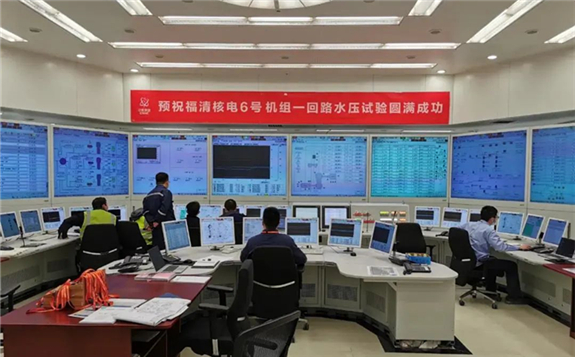On January 11, the Hualong One demonstration project-China National Nuclear Corporation Fuqing Nuclear Power Unit 6 completed the cold performance test.

"The cold performance test is a large-scale comprehensive special commissioning test for nuclear power plants. The main purpose is to verify the performance of the primary circuit system and equipment and its auxiliary pipelines under high pressure, and to conduct related tests of the main system and auxiliary systems under various pressure platforms. It is the first comprehensive test of the performance of the entire reactor."
Hualong One is a third-generation pressurized water reactor nuclear power innovation achievement with completely independent intellectual property rights developed and designed by China National Nuclear Corporation on the basis of more than 30 years of nuclear power research, design, manufacturing, construction and operation experience. The Hualong One has a design life of 60 years. The reactor adopts a 177 core design, and the core adopts 18-month refueling. The power plant's utilization rate is as high as 90%. The innovative use of "active and passive" safety systems, double-layer Containment and other technologies meet the highest international safety standards in terms of safety.
As the "national business card" of my country's nuclear power going to the world, Hualong One is one of the most widely accepted three-generation nuclear motors in the current nuclear power market, and is a major landmark achievement of my country's nuclear power innovation and development. At present, China National Nuclear Corporation has a total of 6 Hualong One nuclear power units under construction at home and abroad, and the safety and quality of the construction projects are under good control. Among them, Hualong One, the world's first Fuqing nuclear power unit 5, has been connected to the grid for power generation on November 27, 2020.
This article is reproduced at physicsworld.com